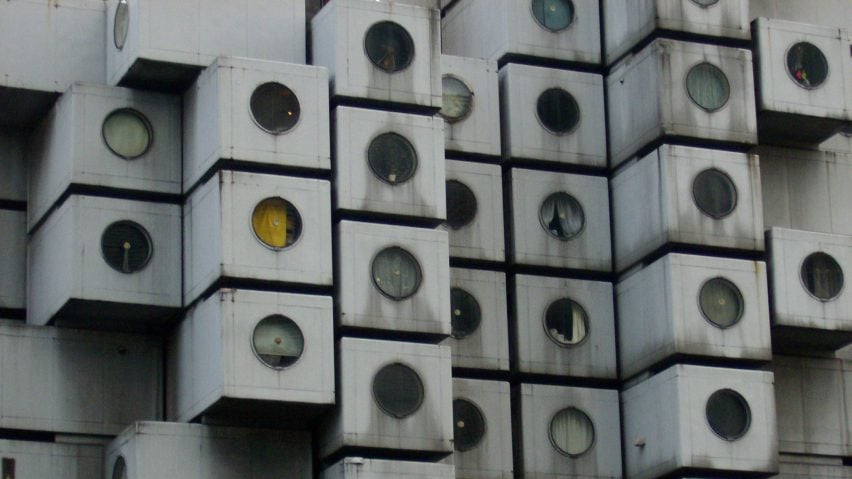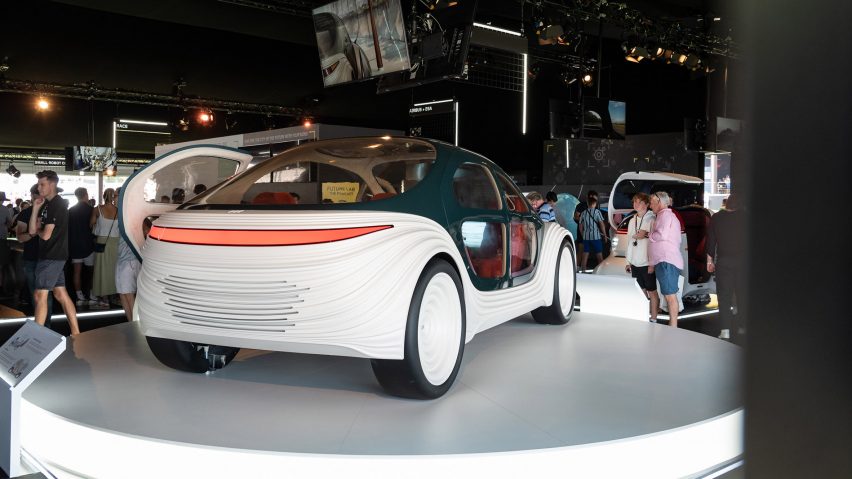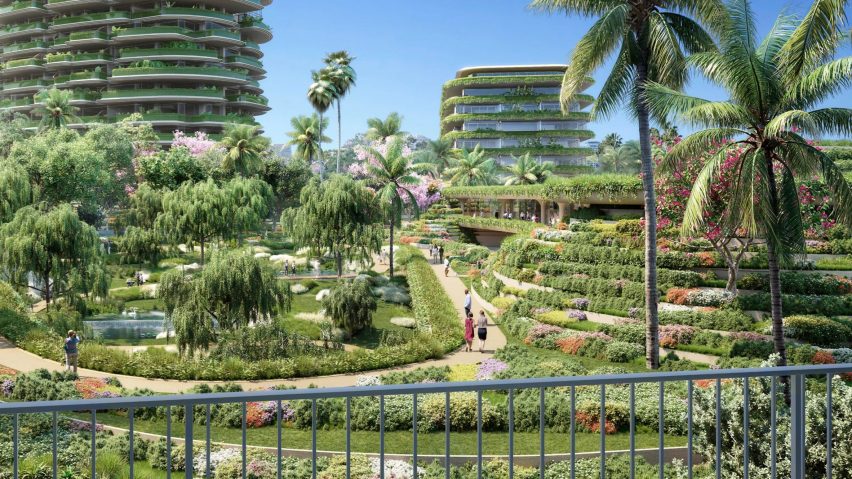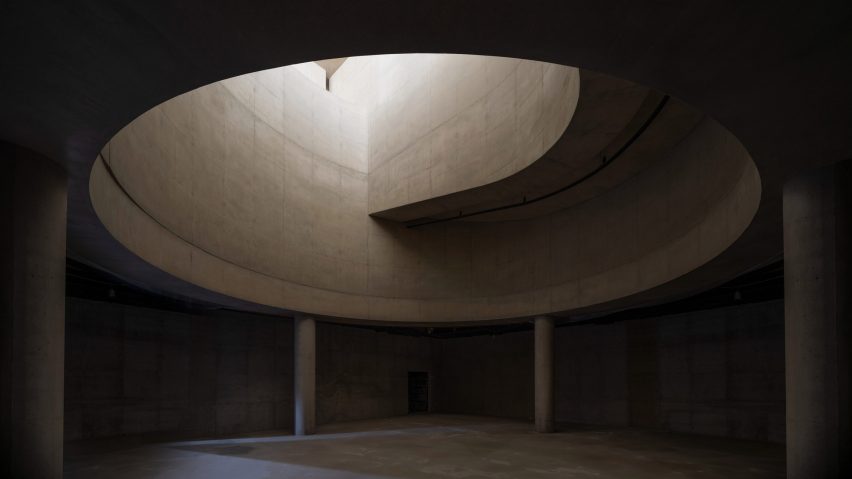
Commenter says tearing down the Nakagin Capsule Tower "is a tragedy"
In this week's comments update, readers are debating the disassembly of Tokyo's Nakagin Capsule Tower.
The Nakagin Capsule Tower in Tokyo, a 20th-century metabolist landmark by architect Kisho Kurokawa, is set to be disassembled and the capsules either donated to museums or turned into rental units.
Built over the course of just 30 days in 1972, the housing block is considered a rare example of Japanese metabolism.
"A really wonderful and important building"
Readers are divided. "This is very, very sad," said Andrew.
Catcassidy agreed: "This is a really wonderful and important building. While it may have outlived its function and is no longer viable as residences, tearing it down is a tragedy. This is short-sightedness. Once it's gone, you can't get it back."
"Interesting story, yet the architectural vision is short-sighted, utilitarian, and quite depressing," replied Valeria Lie Alonso. "No surprise that the architects were influenced by Marxism. No life, no beauty, no imagination. A dystopia envisioned for the rational worst-case scenario rather than aspiring for better ways of life."
"It will be dismantled but not forgotten," concluded Jacopo. "Please don't be too sad. Think of it as a transformation. Few buildings go from architecture to art and live forever in spirit rather than in concrete."
Is tearing the building down a tragedy? Join the discussion ›

Reader says Thomas Heatherwick's electric car is "ribbed like a condom"
Commenters are discussing Thomas Heatherwick's prototype of an electric car that the studio claims will clean the air as it drives. Airo was designed for Chinese car brand IM Motors.
"Amazing," said Yoram Maron. "Wrinkled like an old lady but for sure exceptional. Why not?"
"Very Clockwork Orangey," continued Hilton Purvis. "Ribbed like a condom, white to boot (would definitely be a pain to clean). I love concept cars though. Keep 'em comin'… so we can critique 'em."
"Of all the ways to do an interior and they chose to use my parent's corduroy lounge chairs from the 70s," added Christopher Kelley.
What do you think of Airo? Join the discussion ›

Commenter "loves subtle fence" keeping people out of development
Readers aren't sold on Foster + Partners' plans to redevelop a triangular site in Beverly Hills, Los Angeles, with a botanical garden and a pair of plant-covered high-rises.
"So is this a new towered-gated-community with communal ownership scheme to build a very expensive part of a branded city?" asked 竜皐. "The Commerce city had come so far. No 'ordinary' citizens are allowed in."
Troels Steenholdt Heiredal agreed: "I love the subtle fence in the foreground of the first rendering – what a delicate way of telling the onlookers 'this will not be for you, please stay out'."
"Come on, people!" replied Apsco Radiales. "Better than seeing acres and acres of parking lots and condos like the one Gensler just designed for Vancouver. You have to admit!"
Are commenters being harsh? Join the discussion ›

Reader says Dezeen founder was "having a bad day" in debate over article
Commenters debated with Dezeen's founder and editor-in-chief Marcus Fairs on whether we should have published a preview of the ST/SongEun Building in Seoul, South Korea. The Herzog & de Meuron designed building is due to open in September.
"So little information here," said Alfred Hitchcock. "A few abstract photos and no drawings. What's the point of the press release?"
"I am assuming that at this point, everyone understands that there are certain types of articles – project features, interviews, promos, and yes, little incomplete teasers sometimes," replied OM. "Is this your first day on Dezeen/the internet?"
"I don't know why this bothers you so much," said Fairs. "We got sent a few images by the PR company ahead of the building's opening and thought it would make a good, quick news story. We'll do another, more in-depth story later when we get the full image set and (hopefully) plans. We're a news site and this is how we roll!"
"To sum up, key points thus far," concluded JZ. "1) Dezeen readers still find the editorial decisions to release stories with a paucity of information to be a huge weakness of the journal. 2) Lack of information has allowed confirmation bias to be triggered and readers find the building cold and disrespectful of the context. 3) Marcus was having a bad day."
Should Dezeen have published the article? Join the discussion ›
Read more Dezeen comments
Dezeen is the world's most commented architecture and design magazine, receiving thousands of comments each month from readers. Keep up to date on the latest discussions on our comments page.